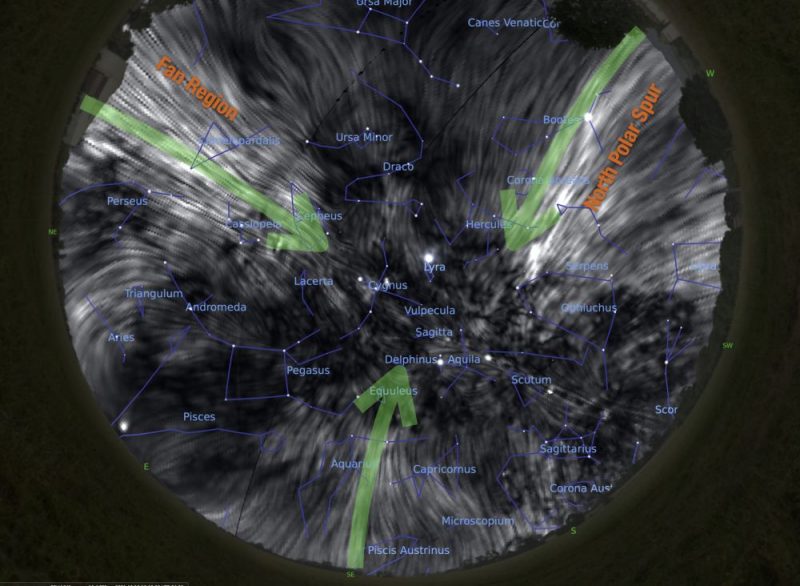
Earth in a tunnel
Astronomers said on October 14, 2021, that our solar system may be surrounded by a magnetic tunnel some 1,000 light-years long. Jennifer West at the Dunlap Institute at the University of Toronto is an expert on magnetism in galaxies and in the interstellar medium, that is, the material that fills the space between the stars. She’s developed a computer model that makes a scientific case for a tunnel surrounding our Earth and sun. West and her team believe that two known structures – seen on opposite sides of Earth’s sky and previously considered to be separate – are instead connected as a tunnel. She described the tunnel as “rope-like filaments” and said:
If we were to look up in the sky, we would see this tunnel-like structure in just about every direction we looked; that is, if we had eyes that could see radio light.
West and her colleagues are able to study this magnetic tunnel surrounding us in space because they’re using telescopes and other instruments that see in the radio part of the electromagnetic spectrum. On one side of Earth’s sky, they see the North Polar Spur of our Milky Way galaxy. That’s a ridge of gas sticking out at an angle to the star-rich plane of our galaxy. Last spring, Monica Young at Skyandtelescope.com described one way of looking at the Milky Way’s North Polar Spur. She said astronomers were proposing it as part of what they call the Local Bubble around our solar system, a cavity in space some 300 light-years across.
The Local Bubble contains the stars nearest to our sun and is thought to have been blown out long ago by supernova explosions. Maybe the North Polar Spur and the Local Bubble are connected, and maybe West’s view of a tunnel-like structure in this same region of the galaxy – our region, our neighborhood of space – is also connected somehow.
On the opposite side of Earth’s sky, astronomers also see a part of the galaxy they call the Fan Region. It’s not as well studied, but astronomers look toward it because it’s bright in the polarized radio sky. In West’s view, the Fan Region is part of the tunnel-like structure around our solar system, too.
West and her team published the data results of the study in the peer-reviewed Astrophysical Journal (preprint here).
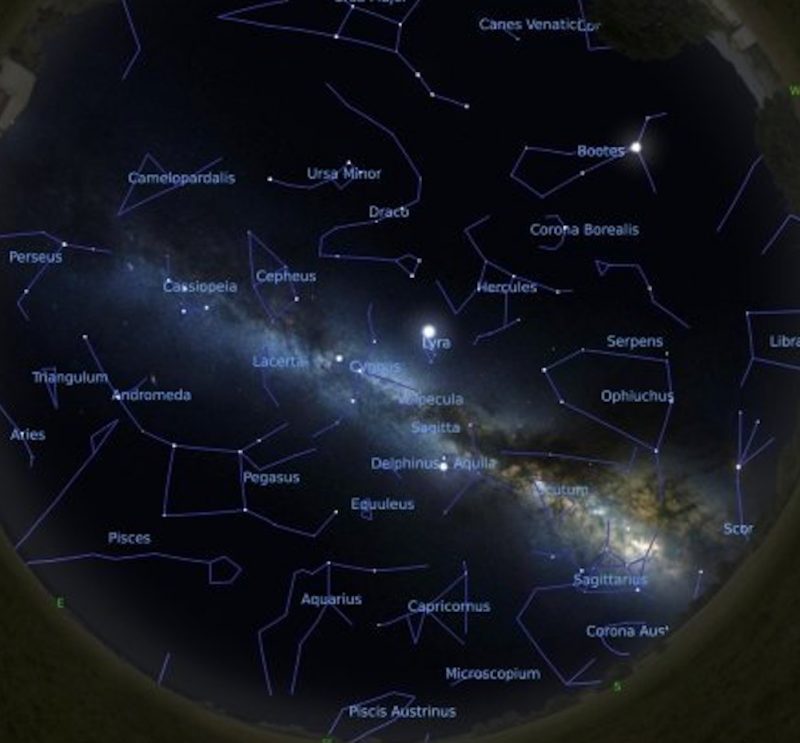
Unexplained since the 1960s
Astronomers have known about the North Polar Spur and the Fan Region since the 1960s. But most scientific explanations have focused on them – and still do focus on them – individually. West and her colleagues are proposing something entirely new. They believe they’re the first astronomers to connect these two opposing sides of the sky as a unit.
West and team see these regions – which consist of charged particles and a magnetic field – as being shaped like great cosmic ropes about 1,000 light-years long. West explained:
That’s the equivalent distance of travelling between Toronto and Vancouver two trillion times.
A statement from the Dunlap Institute said that West has been thinking about these features on and off for 15 years, since she first saw a map of the radio sky. Dunlap explained:
More recently, she built a computer model that calculated what the radio sky would look like from Earth, as she varied the shape and location of the long ropes. This model allowed West to ‘build’ the structure around us [on a computer], and showed her what the sky would look like through our telescopes. It was this new perspective that helped her to match the model to the data.
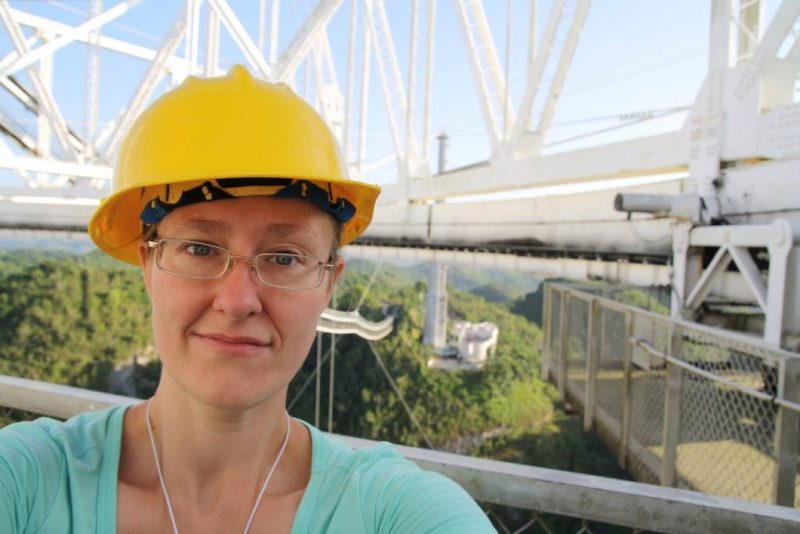
Redrawing the map
West said:
A few years ago, one of our co-authors, Tom Landecker, told me about a paper from 1965, from the early days of radio astronomy. Based on the crude data available at this time, the authors (Mathewson & Milne), speculated that these polarized radio signals could arise from our view of the Local Arm of the galaxy, from inside it.
That paper inspired me to develop this idea and tie my model to the vastly better data that our telescopes give us today.
To explain it further, West uses the Earth’s map as an example:
The North Pole is on the top and the equator is through the middle. But, of course, we can always re-draw that map with a different perspective. The same is true for the map of our galaxy. Most astronomers look at a map with the north pole of the galaxy up and the galactic center in the middle. An important part that inspired this idea was to remake that map with a different point in the middle.
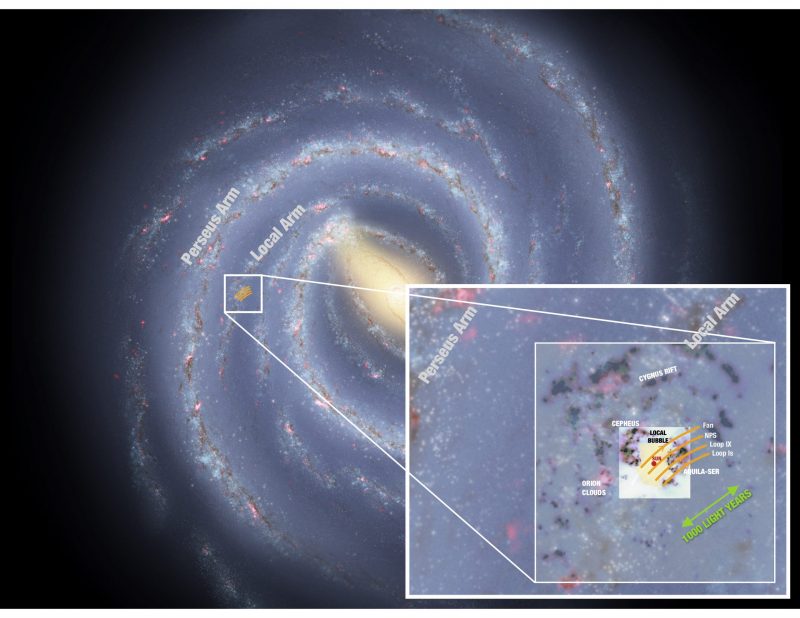
Magnetic fields connect
West said she looks forward to the next possible discoveries within this research. She said:
Magnetic fields don’t exist in isolation. They all must to connect to each other. So a next step is to better understand how this local magnetic field connects both to the larger-scale galactic magnetic field, and also to the smaller scale magnetic fields of our sun and Earth.
In the meantime, West agrees that her new model – depicting a magnetic tunnel surrounding our solar system – brings new insight to the science community. And it’s also a ground-breaking concept for the rest of us. She commented:
I think it’s just awesome to imagine that these structures are everywhere, whenever we look up into the night sky.
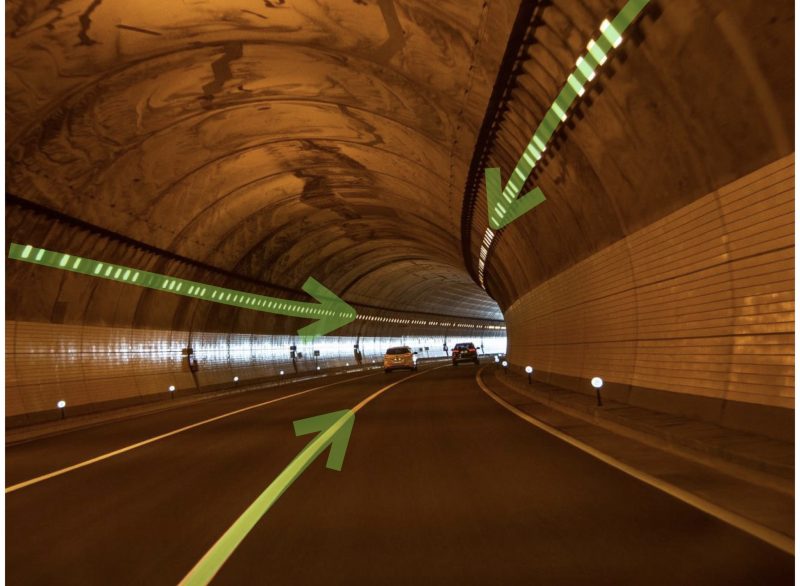
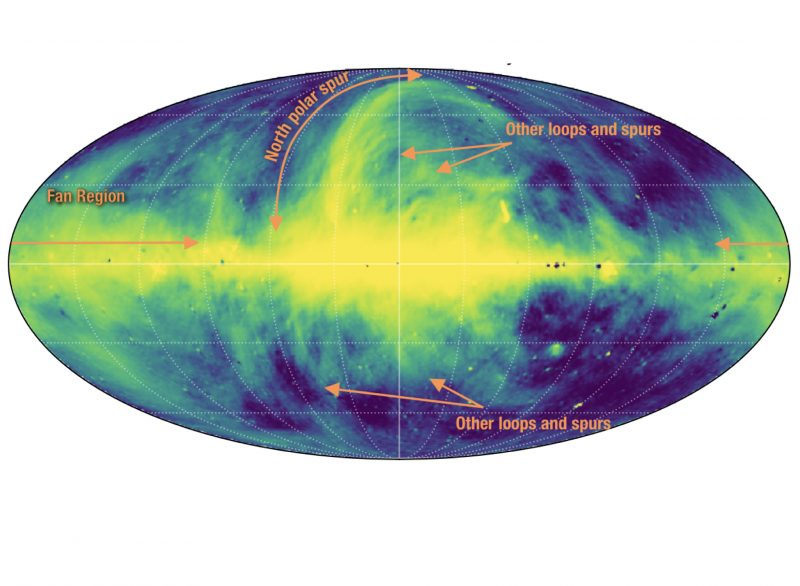
Bottom line: A new model from astronomers at Dunlap Institute at the University of Toronto connects local structures in our neighborhood of the Milky Way and depicts Earth in a tunnel in space.











